Home>diy>Building & Construction>What Does Civil Construction Mean


Building & Construction
What Does Civil Construction Mean
Modified: December 7, 2023
Discover the meaning of civil construction in building-construction industry. Learn about its importance and various aspects involved in this field.
(Many of the links in this article redirect to a specific reviewed product. Your purchase of these products through affiliate links helps to generate commission for Storables.com, at no extra cost. Learn more)
Introduction
Civil construction is a vital component of the overall construction industry, focusing on the infrastructure necessary for society to function smoothly. It involves the planning, design, and execution of various construction projects such as roads, bridges, dams, airports, railways, and buildings. Civil construction plays a crucial role in shaping the physical infrastructure of cities and countries, providing essential facilities and structures that support economic, social, and cultural activities.
As a highly specialized field, civil construction requires a deep understanding of engineering principles, materials science, project management, and environmental considerations. It involves the collaboration of architects, engineers, contractors, and skilled workers to bring construction projects to life.
In this article, we will explore the key components of civil construction, the importance of this industry, different types of projects, the construction process, challenges faced, and emerging trends in the field.
Key Takeaways:
- Civil construction is crucial for economic growth, social development, and environmental sustainability, shaping the physical infrastructure that supports communities and countries.
- Emerging trends in civil construction, such as BIM, green building practices, and advanced materials, drive the industry towards greater efficiency, sustainability, and collaboration.
Read more: What Is The Meaning Of Civil Engineering
Definition of Civil Construction
Civil construction refers to the branch of construction that focuses on the development of infrastructure required for a society to function efficiently. It encompasses the planning, design, construction, and maintenance of various physical structures and facilities such as roads, bridges, airports, dams, railways, and buildings.
The primary objective of civil construction is to create structures and infrastructure that enhance connectivity, safety, and convenience for communities. Whether it’s building highways to connect cities, constructing bridges to overcome geographical barriers, or erecting buildings for residential, commercial, or industrial purposes, civil construction plays a vital role in shaping the physical landscape of our cities and countries.
Engaging in civil construction projects requires a comprehensive understanding of engineering principles, materials science, safety regulations, and environmental considerations. It involves thorough planning, calculations, and design to ensure the structural integrity and longevity of these infrastructure assets.
Moreover, civil construction projects must comply with local building codes and regulations, adhere to budgetary constraints, and incorporate sustainable practices to minimize their environmental impact.
In summary, civil construction is the specialized field of the overall construction industry that focuses on developing and maintaining infrastructure essential for society’s functionality and advancement.
Key Components of Civil Construction
Civil construction encompasses a wide range of projects, each with its unique components. Here are the key components that are integral to the field of civil construction:
- Site Preparation: Before any construction project can begin, site preparation is essential. This involves clearing the land, leveling the ground, excavating, and preparing the site for construction.
- Surveying and Geotechnical Investigation: Surveying helps in accurately measuring and mapping the area where the construction will take place. Geotechnical investigation, on the other hand, involves analyzing soil, rocks, and other geological factors to assess the stability and suitability of the land for construction.
- Design and Engineering: The design phase involves the creation of detailed blueprints and engineering specifications for the project. Civil engineers and architects work collaboratively to develop plans that meet safety standards, functional requirements, and aesthetic considerations.
- Material Selection and Procurement: Selecting the right materials is crucial to ensure the durability and quality of the construction project. Materials such as concrete, steel, wood, and asphalt are commonly used in civil construction. Procurement involves sourcing these materials from reliable suppliers.
- Construction Techniques: Civil construction utilizes various construction techniques and methods, including excavation, formwork, concrete pouring, steel reinforcement, bricklaying, and asphalt paving. Skilled laborers and construction crews carry out these techniques under the supervision of project managers.
- Project Management: Effective project management is essential for the successful execution of civil construction projects. It involves scheduling, budgeting, resource allocation, and coordination of different stakeholders to ensure that the project is completed on time, within budget, and to the required standards.
- Quality Control and Safety: Ensuring the quality and safety of the construction project is of paramount importance. Quality control measures involve inspecting materials, conducting tests, and adhering to industry standards. Safety protocols and regulations are implemented to protect the workers and the public from accidents and hazards.
- Maintenance and Repair: Once the construction project is completed, regular maintenance and repair are necessary to preserve the infrastructure’s longevity and functionality. This includes routine inspections, repairs of structural damages, and preventive maintenance.
These key components work together to ensure the successful execution of civil construction projects. Each component requires specialized knowledge, skills, and expertise to ensure that the construction project meets the desired quality and functionality.
Importance of Civil Construction
Civil construction plays a crucial role in society, contributing to the development and maintenance of essential infrastructure. Here are some key reasons why civil construction is important:
- Connectivity and Mobility: Civil construction projects, such as roads, highways, bridges, and railways, enhance connectivity and mobility, making it easier for people and goods to move efficiently. This connectivity is essential for economic growth, trade, and social interactions.
- Economic Development: Infrastructure development stimulates economic growth by attracting investments, creating job opportunities, and boosting productivity. Industries rely on well-developed infrastructure for transportation, communication, and the supply of essential resources.
- Social Development: Civil construction projects, such as schools, hospitals, and recreational facilities, contribute to the social development of communities. These facilities enhance the quality of life, provide access to education and healthcare, and promote a sense of community well-being.
- Environmental Sustainability: Civil construction plays a role in developing sustainable infrastructure that minimizes its impact on the environment. This includes incorporating green building practices, utilizing renewable energy sources, and implementing measures for water and waste management.
- Disaster Resilience: Well-designed infrastructure provides resilience against natural disasters such as earthquakes, floods, and hurricanes. Civil construction projects incorporate safety measures and structural engineering techniques to mitigate and withstand these risks.
- Urban Development: Civil construction contributes to the growth and development of urban areas. The construction of buildings, residential complexes, and commercial spaces creates vibrant cities that attract investments, tourism, and improve the overall quality of life.
- Preservation of Cultural Heritage: Civil construction projects also involve the restoration and preservation of historical buildings, monuments, and cultural heritage sites. This helps to maintain the identity, history, and cultural significance of a community or country.
- Infrastructure Upgrades: As existing infrastructure ages and becomes outdated, civil construction plays a crucial role in upgrading and maintaining these structures. Infrastructure upgrades ensure the safety, efficiency, and functionality of existing facilities.
In summary, civil construction is of utmost importance as it contributes to economic growth, social development, environmental sustainability, and the overall well-being of communities. It is a vital industry that shapes the physical infrastructure needed for society to thrive and progress.
Different Types of Civil Construction Projects
Civil construction covers a wide range of projects, each with its unique requirements and challenges. Here are some common types of civil construction projects:
- Roads and Highways: The construction and maintenance of roads and highways are essential for efficient transportation and connectivity. This includes building new roads, widening existing ones, and implementing road safety measures.
- Bridges: Bridges are critical for connecting geographically separate areas. Civil construction projects involving bridges require expertise in structural engineering and materials science to ensure stability and durability.
- Buildings: Civil construction includes the construction of various types of buildings such as residential complexes, commercial buildings, schools, hospitals, and industrial facilities. These projects involve architectural design, structural engineering, and interior finishing.
- Airports: Airport construction involves the design and construction of runways, terminal buildings, control towers, and other related infrastructure. It requires expertise in aviation regulations and security protocols.
- Dams and Water Management: Civil construction projects related to dams, reservoirs, and water management are vital for water supply, hydroelectric power generation, and flood control. These projects require advanced engineering techniques and environmental considerations.
- Railways: Construction of railway tracks, stations, and related infrastructure falls under civil construction. This includes laying tracks, building platforms, constructing tunnels, and implementing signaling systems.
- Ports and Harbors: Civil construction projects involving ports and harbors include the construction of docks, piers, breakwaters, and navigational channels. These projects enable maritime trade and transportation.
- Water and Sewage Systems: Constructing water supply and sewage systems involves building reservoirs, water treatment plants, pipelines, and sewerage networks. These projects are essential for public health and sanitation.
- Environmental Projects: Civil construction involves environmental projects such as land remediation, waste management facilities, and renewable energy infrastructure. These projects contribute to sustainability and environmental conservation.
Each type of civil construction project requires specific expertise, engineering knowledge, and adherence to safety and quality standards. The complexity and scale of the project determine the resources, equipment, and skilled workers required for successful execution.
Civil construction refers to the construction of infrastructure such as roads, bridges, and buildings. It involves the use of heavy equipment and skilled labor to create the foundation for a developed society.
Civil Construction Process
The civil construction process involves several stages, from project initiation to completion. Although the specifics may vary depending on the project, here is a general overview of the civil construction process:
- Project Initiation: The first step is project initiation, which involves identifying the need for the construction project and conducting feasibility studies. This includes evaluating the technical, financial, and environmental aspects of the project to assess its viability.
- Planning and Design: Once the project is deemed feasible, the planning and design phase begins. This stage involves conducting surveys, collecting data, and creating detailed blueprints and engineering designs. Architects and civil engineers work collaboratively to ensure the project meets safety codes, regulatory requirements, and functional specifications.
- Permitting and Approvals: Before construction can commence, necessary permits and approvals from local authorities and regulatory bodies must be obtained. This involves submitting project plans for review and complying with building codes, environmental regulations, and zoning laws.
- Procurement and Resource Allocation: During this stage, the necessary materials, equipment, and resources are procured. This includes sourcing construction materials from suppliers, hiring skilled laborers and subcontractors, and allocating resources effectively to ensure project efficiency and productivity.
- Site Preparation: Before construction can begin, the construction site needs to be prepared. This involves clearing the land, leveling the ground, and establishing temporary facilities such as construction offices and storage areas.
- Construction Execution: This stage involves the actual construction work. Skilled workers carry out tasks such as excavation, foundation construction, structural erection, electrical and plumbing installations, and finishing works. Project managers oversee the construction activities, ensuring adherence to timelines, safety regulations, and quality standards.
- Quality Control and Inspection: Throughout the construction process, quality control measures are implemented to ensure that the project meets the required standards. Inspections are conducted at various stages to ensure compliance with design specifications, safety protocols, and building codes.
- Project Management: Effective project management is critical to the success of a civil construction project. This involves scheduling and coordinating construction activities, managing resources, controlling costs, and resolving any issues or conflicts that may arise during the construction process.
- Testing and Commissioning: Once construction is complete, various tests and inspections are conducted to ensure that the infrastructure is fully functional and meets the desired specifications. This includes testing electrical systems, plumbing, and structural integrity.
- Handover and Maintenance: Upon successful completion and approval of the project, it is handed over to the relevant stakeholders. Maintenance plans and guidelines are provided to ensure the long-term durability and performance of the constructed infrastructure.
The civil construction process requires careful planning, effective project management, coordination among various stakeholders, and adherence to safety and quality standards. It is essential to ensure that the construction project meets the intended functionality and provides a safe and sustainable solution for the community.
Challenges in Civil Construction
Civil construction projects often come with unique challenges that need to be overcome for successful project completion. Here are some common challenges faced in civil construction:
- Site Conditions: The nature of the construction site can present challenges such as uneven terrain, poor soil conditions, or environmental constraints. These factors may require additional measures to ensure the stability and safety of the construction project.
- Weather and Climate: Adverse weather conditions, such as heavy rain, extreme heat, or freezing temperatures, can significantly impact construction schedules and productivity. Proper planning and utilization of appropriate construction techniques and materials are crucial to mitigate weather-related challenges.
- Budget and Cost Management: Staying within the allocated budget and effectively managing project costs is a constant challenge in civil construction. Unforeseen circumstances, design changes, and fluctuations in material prices can all impact the project’s financial feasibility and profitability.
- Timeline and Project Delays: Meeting project deadlines is a constant challenge in civil construction. Factors such as delays in material delivery, labor shortages, design changes, or unexpected site conditions can hamper the progress and result in project delays.
- Regulatory Compliance: Construction projects must adhere to various building codes, safety regulations, and environmental requirements. Ensuring compliance with these regulations can be complex and time-consuming, requiring thorough knowledge and proper documentation.
- Safety and Risk Management: Construction sites pose inherent risks to workers’ safety. Managing and mitigating these risks through proper safety protocols, training, and equipment is crucial. Implementing effective risk management strategies helps prevent accidents, injuries, and financial liabilities.
- Communication and Coordination: Effective communication and coordination among the various stakeholders, including architects, engineers, contractors, and subcontractors, is essential for the smooth execution of construction projects. Poor communication can lead to misunderstandings, delays, and rework.
- Complex Design and Engineering: Some construction projects involve complex designs and engineering requirements, such as tall structures, underground tunnels, or intricate architectural elements. Successfully implementing these designs requires highly skilled professionals and meticulous planning.
- Sustainability and Environmental Impact: Balancing the need for infrastructure development with environmental sustainability presents a challenge in civil construction. Incorporating sustainable practices, minimizing waste generation, and reducing the project’s carbon footprint are important considerations in modern construction projects.
Addressing these challenges requires collaboration, adaptability, and innovative solutions. Overcoming these hurdles is essential to ensure the successful completion of civil construction projects within budget, timeline, and quality standards.
Emerging Trends in Civil Construction
The field of civil construction is continually evolving, driven by advancements in technology and changing industry demands. Here are some emerging trends that are shaping the future of civil construction:
- Building Information Modeling (BIM): BIM is a 3D modeling technology that enables the creation and management of digital representations of construction projects. BIM improves collaboration, enhances visualization, and helps streamline the design and construction process.
- Green Building and Sustainability: As environmental concerns continue to escalate, there is a growing emphasis on green building practices in civil construction. This includes using eco-friendly materials, implementing energy-efficient designs, and adopting sustainable construction techniques to reduce the environmental impact of projects.
- Modular and Prefabricated Construction: Modular and prefabricated construction techniques involve the fabrication of building components off-site, which are then assembled and installed at the construction site. This approach offers faster construction, improved quality control, and reduced waste generation.
- Advanced Materials and Technologies: The development of advanced construction materials, such as high-performance concrete, self-healing materials, and smart coatings, is revolutionizing the field of civil construction. These materials offer improved durability, energy efficiency, and enhanced structural performance.
- Digitalization and Automation: The integration of digital technologies and automation is transforming construction processes. Robotics, drones, artificial intelligence, and cloud-based software systems are being used to improve project efficiency, reduce human error, and enhance safety on construction sites.
- Virtual and Augmented Reality: Virtual and augmented reality technologies are being employed in civil construction to enhance design visualization, improve client communication, and facilitate virtual site inspections. These technologies provide a realistic and immersive experience, aiding in decision-making and problem-solving.
- Big Data and Analytics: The collection and analysis of massive amounts of data provide valuable insights in civil construction. Big data and analytics are used to optimize construction processes, monitor project performance, and identify areas for improvement, leading to enhanced productivity and cost savings.
- Sustainable Infrastructure and Smart Cities: There is a growing focus on developing sustainable infrastructure and smart cities. This includes integrating smart technologies, renewable energy sources, efficient transportation systems, and intelligent infrastructure management for more sustainable and livable urban environments.
- Collaborative Project Delivery: Collaborative project delivery methods, such as design-build and public-private partnerships, are gaining popularity in civil construction. These approaches foster collaboration, improve communication, and enhance project outcomes by involving multiple stakeholders from the early stages of the project.
These emerging trends demonstrate the industry’s commitment to innovation, sustainability, and efficiency. By embracing these trends, the civil construction sector can enhance project outcomes, achieve greater cost-effectiveness, and contribute to a more sustainable built environment.
Conclusion
Civil construction is a vital industry that shapes the physical infrastructure essential for the functionality, connectivity, and development of communities and countries. It involves planning, design, and execution of various construction projects, such as roads, bridges, buildings, and water management systems.
In this article, we explored the definition of civil construction and its key components. We highlighted the importance of civil construction in facilitating economic growth, social development, and environmental sustainability. We also discussed the different types of civil construction projects and the challenges that arise during the construction process.
Furthermore, we explored emerging trends in civil construction, including the adoption of innovative technologies like BIM, green building practices, modular construction, and advanced materials. These trends are driving the industry towards greater efficiency, sustainability, and collaboration.
As the field of civil construction continues to evolve, it is essential for industry professionals to stay updated with the latest trends, regulations, and technologies. By embracing these advancements, civil construction can improve project outcomes, reduce environmental impact, and enhance the quality of infrastructure.
In conclusion, civil construction is a dynamic and critical sector that significantly influences the development and well-being of societies. It requires the expertise of professionals across various disciplines to ensure the successful execution of projects and the creation of safe, durable, and sustainable infrastructure for generations to come.
Frequently Asked Questions about What Does Civil Construction Mean
Was this page helpful?
At Storables.com, we guarantee accurate and reliable information. Our content, validated by Expert Board Contributors, is crafted following stringent Editorial Policies. We're committed to providing you with well-researched, expert-backed insights for all your informational needs.
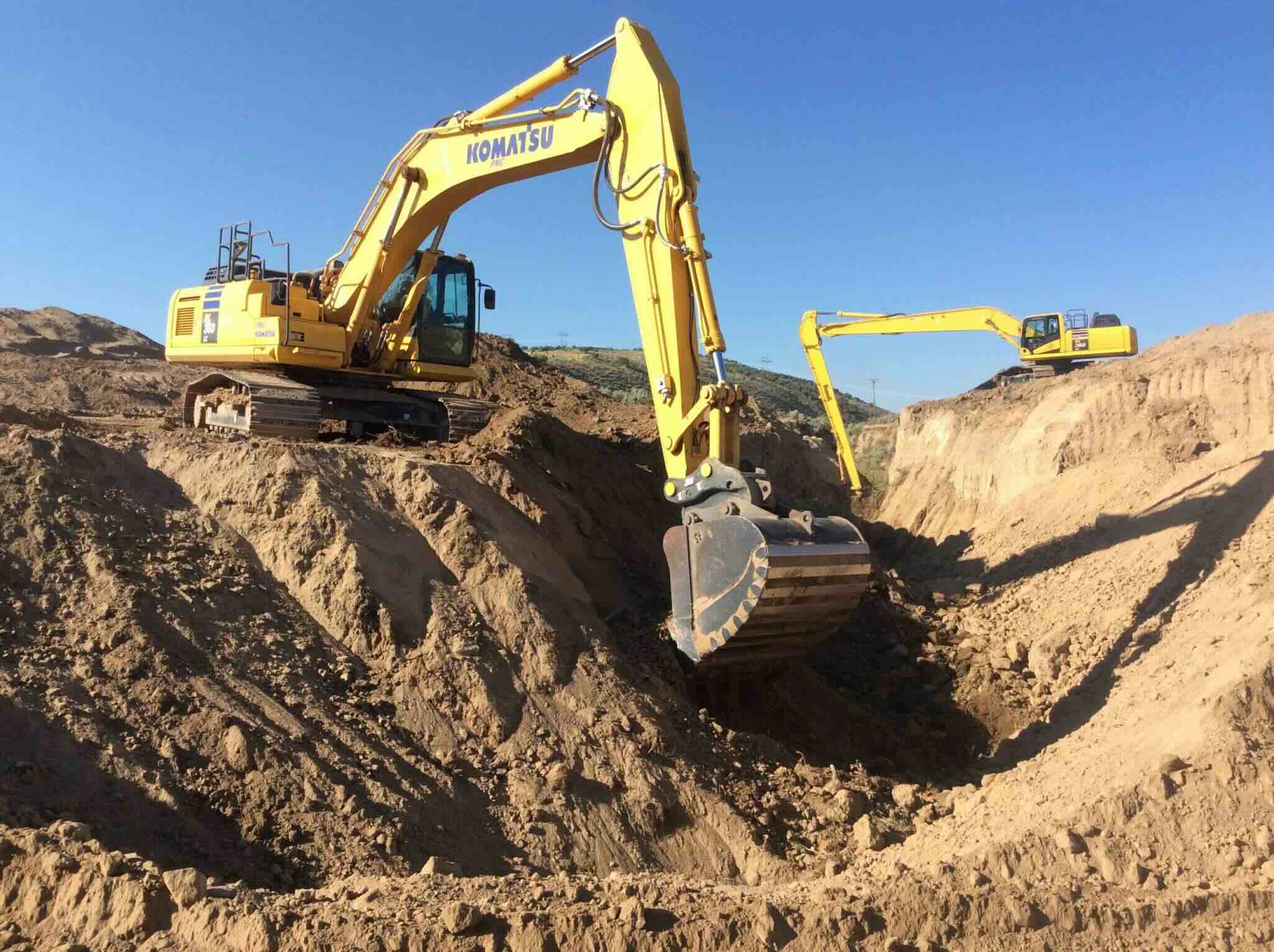
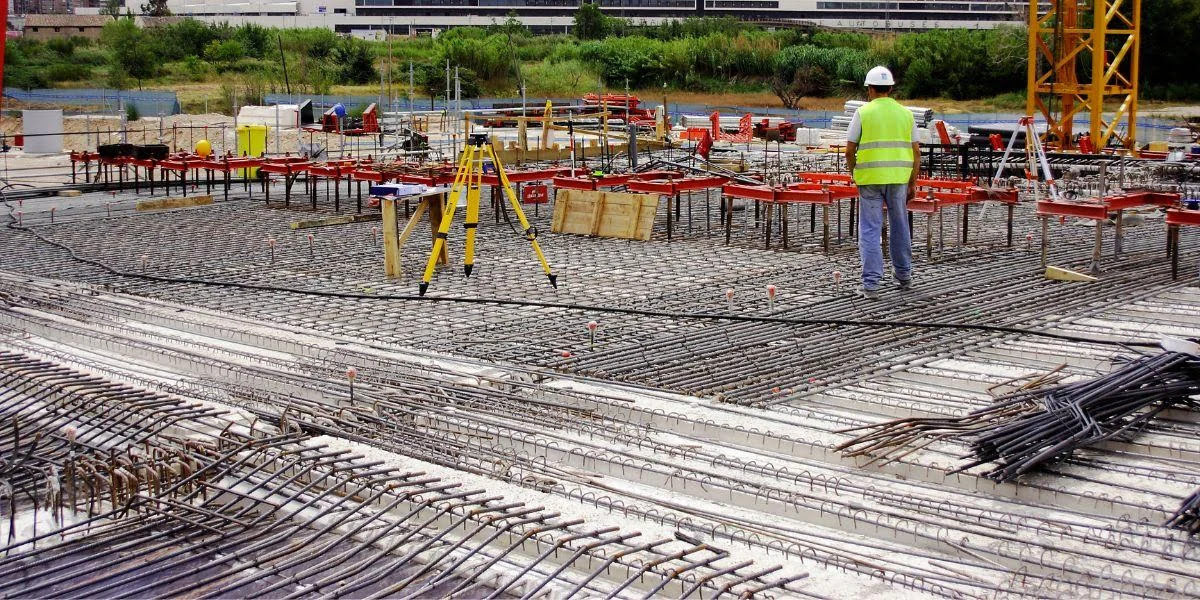
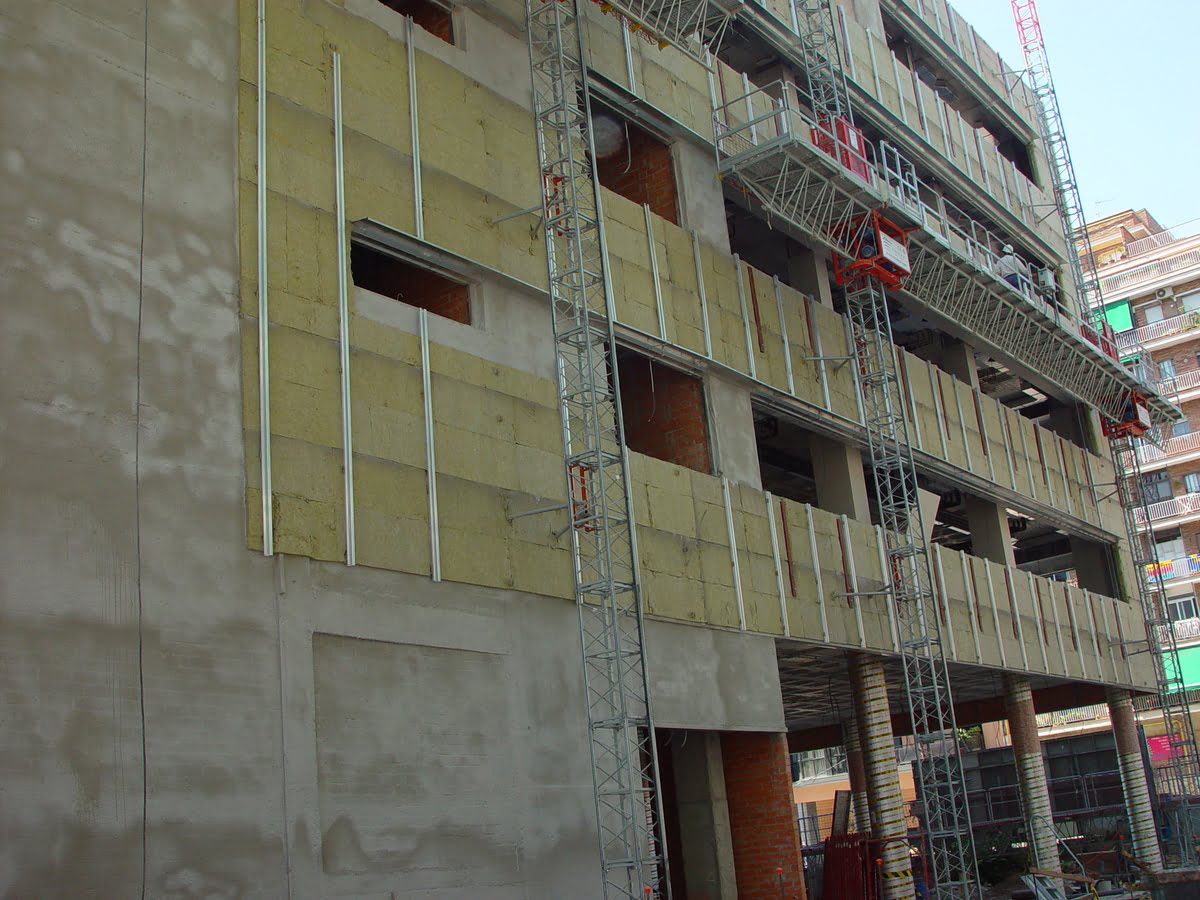






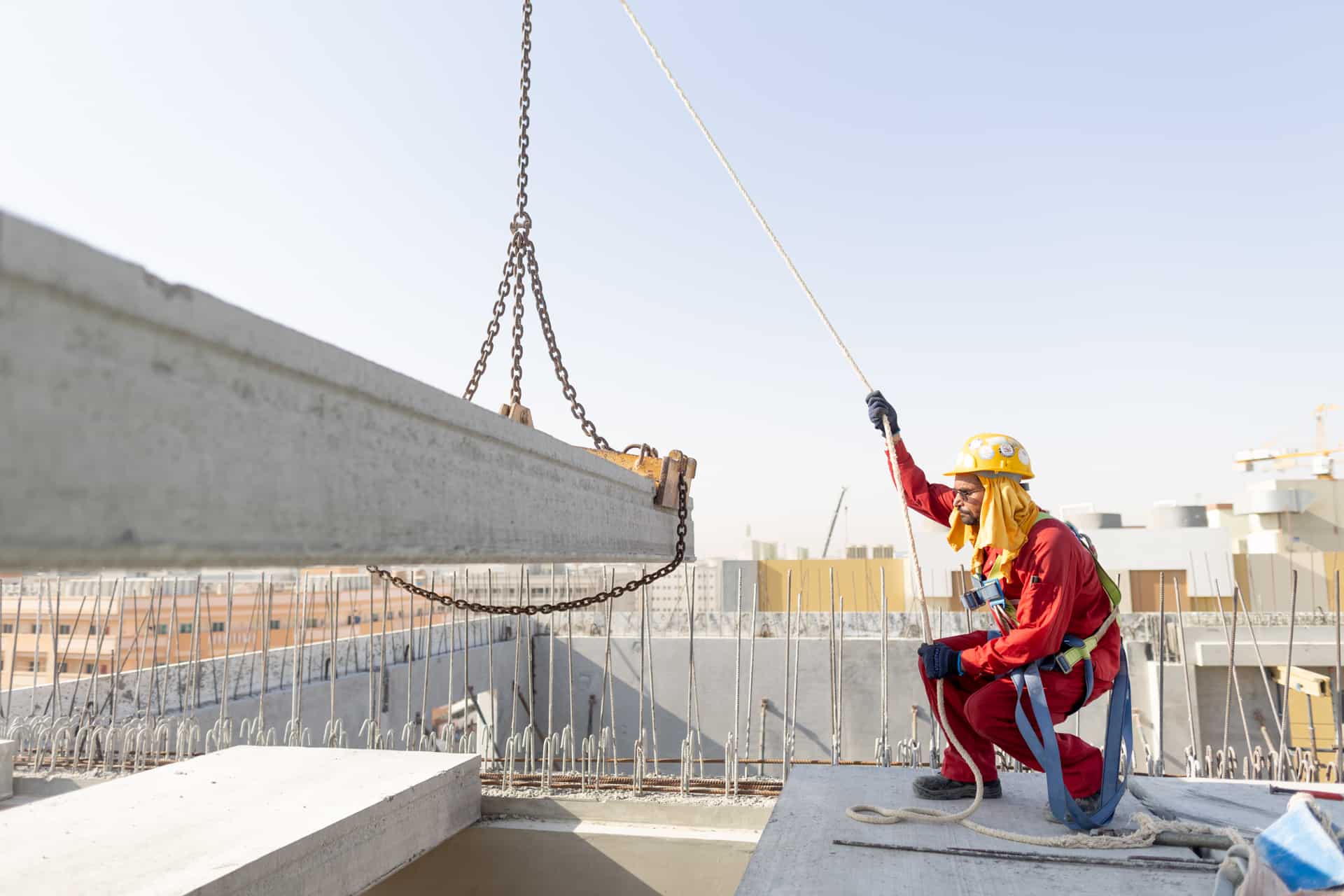

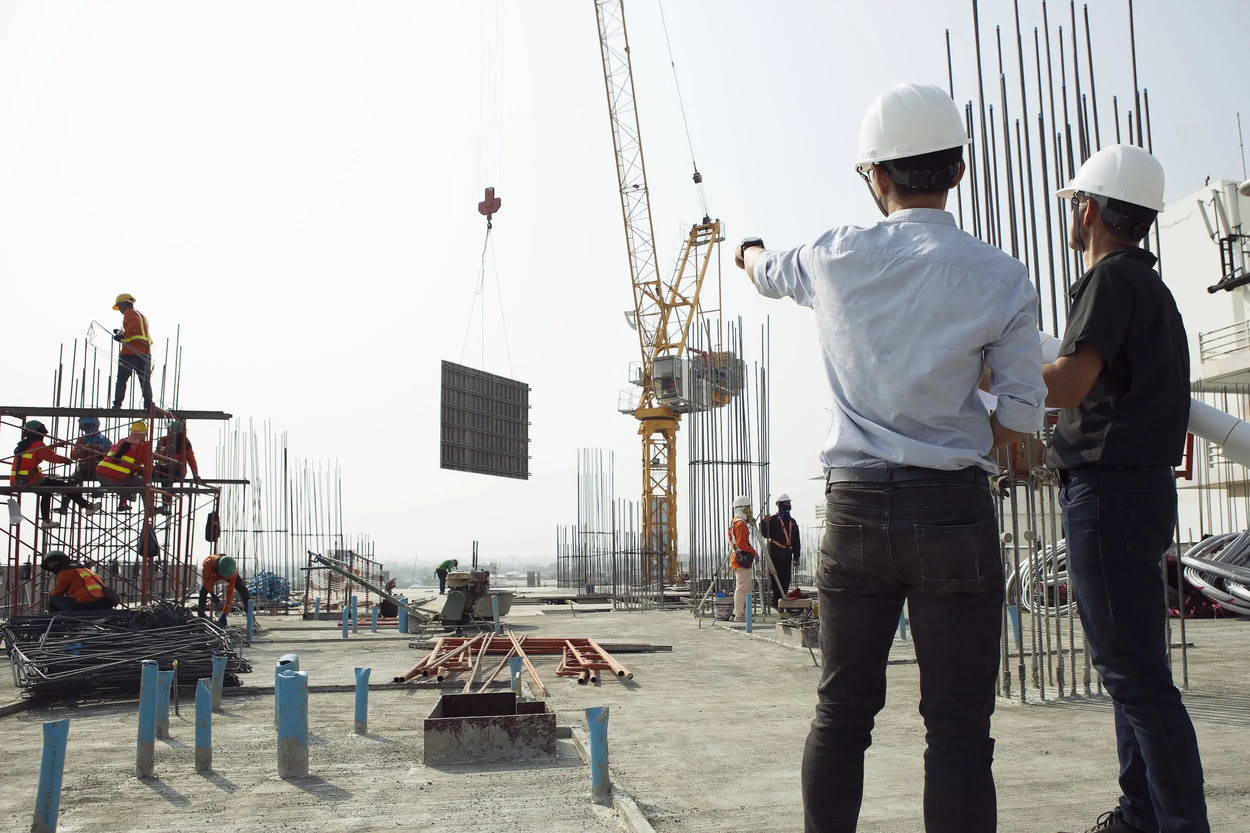

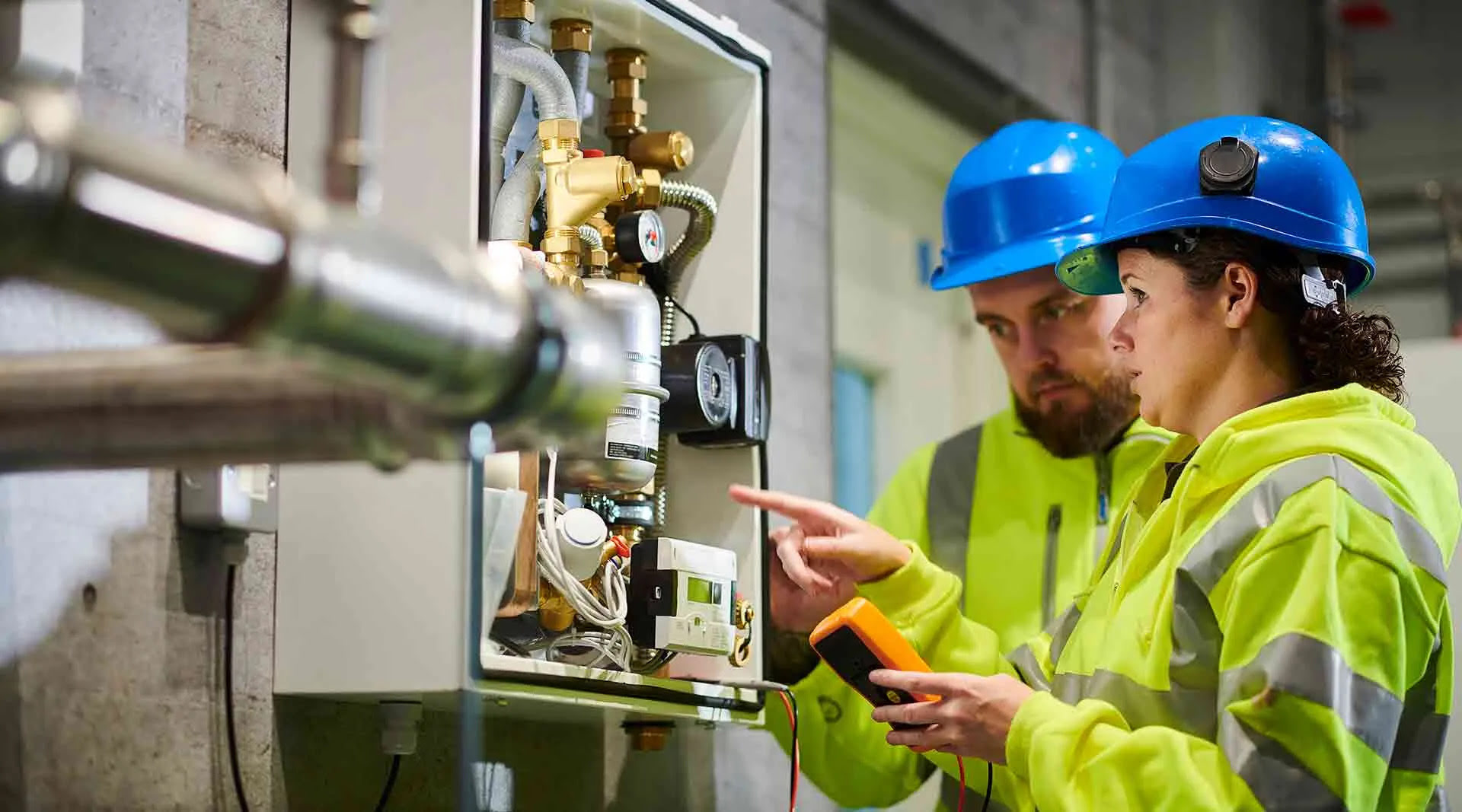

0 thoughts on “What Does Civil Construction Mean”